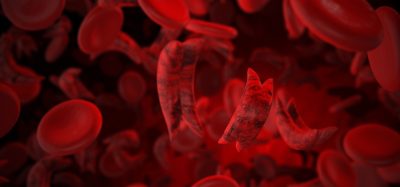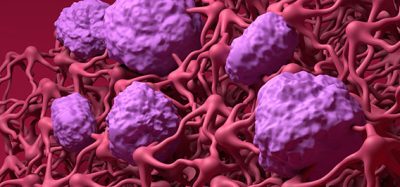Gene editing platform improves vision in blind mice
Posted: 10 February 2020 | Nikki Withers (Drug Target Review) | No comments yet
Mice with congenital blindness have shown significant improvement in vision after undergoing a new gene therapy.


Japanese researchers have developed a new genome editing platform that has improved the vision of mice that were born blind.
The team hopes that this platform, which combines CRISPR-Cas9 technology with micro-homology-mediated end joining, could be used to help develop a therapy for human patients with retinitis pigmentosa, a group of rare conditions that can cause loss of peripheral vision and difficulty seeing at night.
The study, published in Nature Communications, describes the concept of gene mutation therapy as an alternative approach to gene supplementation therapy.
The single AAV gene therapy platform combines CRISPR-Cas9 technology with micro-homology-mediated end joining”
Gene supplementation involves new wildtype copies of the entire gene, such as the ones that can lead to inherited retinal degeneration, being supplemented with a healthy one. The healthy gene is delivered via the adeno-associated virus (AAV), however the virus can only hold a small healthy gene, and so, most patients with defects in a larger gene cannot be treated with this method.
“To overcome this problem, we developed a single AAV gene therapy platform that allows local replacement of a mutated sequence with its healthy counterpart that can treat almost any mutation,” said Koji Nishiguchi, co-first author on the paper and associate professor in the Department of Advanced Ophthalmic Medicine at Tohoku University Graduate School of Medicine, Japan.
The researchers are now applying the new genome editing platform to develop a therapy for human patients with retinitis pigmentosa”
The single AAV gene therapy platform combines CRISPR-Cas9 technology with micro-homology-mediated end joining and allows researchers to target a specific defective gene, which is then locally excised and replaced with a wildtype sequence.
In blind mice, this approach rescued approximately 10 percent of photoreceptors, resulting in improved light sensitivity and an increase in visual activity.
“By treating mice blinded by inherited retinal degeneration with the new treatment, we show that a robust visual restoration can be achieved at a level similar to that mediated by conventional gene supplementation, assuring its potential for clinical application,” said Nishiguchi. “The platform paves the way for treating patients with mutations in larger genes, which comprise the vast majority of those with inherited retinal degeneration. Furthermore, a similar approach can be applied to treat almost any ocular and non-ocular inherited conditions.”
The researchers are now applying the new genome editing platform to develop a therapy for human patients with retinitis pigmentosa. They will target common mutations among patients that remain untreatable by conventional gene therapy.
Nishiguchi’s team plans to have a therapy in clinical trials as early as 2025.
Related topics
CRISPR, DNA, Gene Therapy, Genome Editing, Genomics, Research & Development
Related conditions
Retinitis pigmentosa
Related organisations
Tohoku University Graduate School of Medicine
Related people
Koji Nishiguchi








